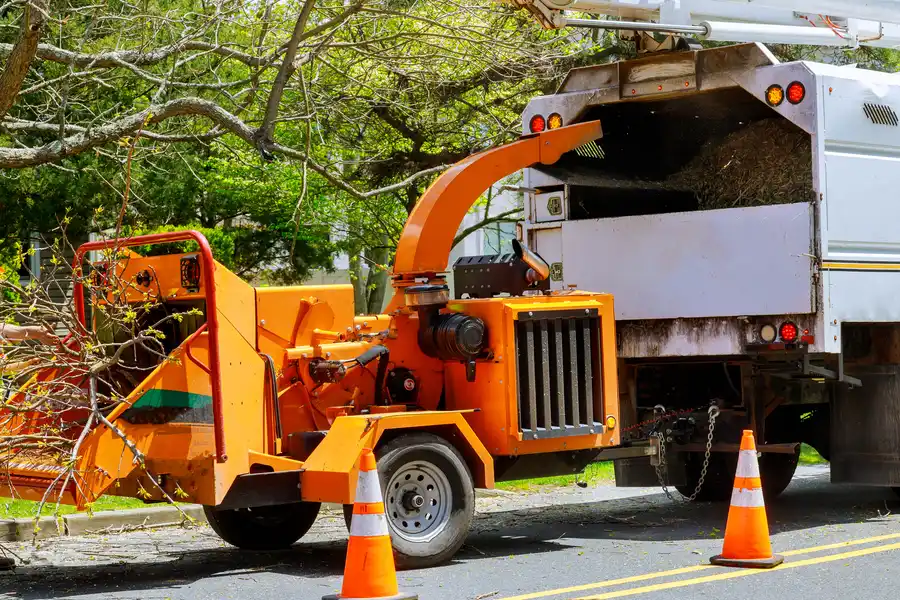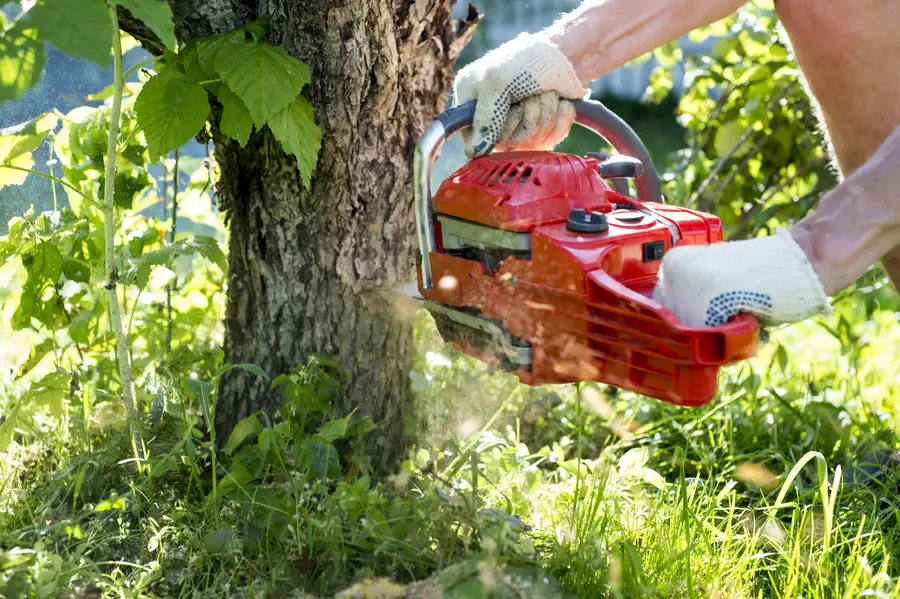How to Spot Dangerous Trees Near Your Property
Trees add beauty and value to any property, but they can also pose risks if not properly maintained. Recognizing these risks is crucial for the safety of your home and family. A tree may look healthy on the outside while hiding serious problems within. By identifying certain signs early, you can prevent potential damage and ensure a safe environment around your house.
Leaning or Unstable Trees
If you notice that a tree in your yard leans significantly, it might be at risk of falling. Trees should grow vertically, with only minor deviations from this path. A severe lean, particularly one that’s new, could indicate root damage or an unstable foundation. An assessment by experts in tree removal services can determine whether intervention is needed to secure or remove the tree safely.
Cracks and Splits in the Trunk
The trunk of a tree acts like its backbone. Cracks or splits here can signal structural weakness. Deep cracks might mean that the tree is struggling to support itself, raising the risk of breaking during storms or high winds. Such trees often require attention from professionals who specialize in tree removal services to assess the best course of action.
Dead or Falling Branches
Branches that frequently fall or appear dead are a clear sign of trouble. Not only do they present immediate dangers by potentially falling onto people or property, but they can also indicate disease or decay affecting the entire tree. Regular inspection and maintenance are essential to manage such risks effectively.
Fungal Growth on the Bark
Fungi growing on a tree’s bark usually signals internal decay. Mushrooms or conks at the base of the trunk point to wood rot. This type of decay can weaken the tree, making it susceptible to collapse. Addressing fungal growth promptly can help prevent further deterioration.
Root Damage
The roots anchor a tree to the ground and provide essential nutrients. Roots that are exposed, damaged by construction, or showing signs of disease can compromise a tree’s stability. When roots can’t function properly, the whole tree becomes vulnerable to toppling over, especially in adverse weather conditions.
Excessive Leaning During Storms
If your tree sways too much during storms, it could be more than just flexibility-it’s often a sign of deeper issues. A strong wind shouldn’t cause excessive movement in a healthy tree. Consider bringing in experts for a thorough evaluation if you see unusual swaying.
Bark Peeling and Hollow Spots
Healthy trees generally have intact bark. If you notice large sections peeling off or hollow spots in trunks or branches, it’s time for concern. These symptoms may indicate insect infestations or diseases that undermine the tree’s overall health.
Addressing Tree Risks Safely
Managing potential risks posed by trees requires professional intervention when necessary. For homeowners concerned about trees near their homes, consulting with LH Hardscapes offers peace of mind. Located in Castle Rock, CO, we provide expert assessments to identify hazards and recommend appropriate actions. Call us at (719) 284-3883 for reliable advice and service.

